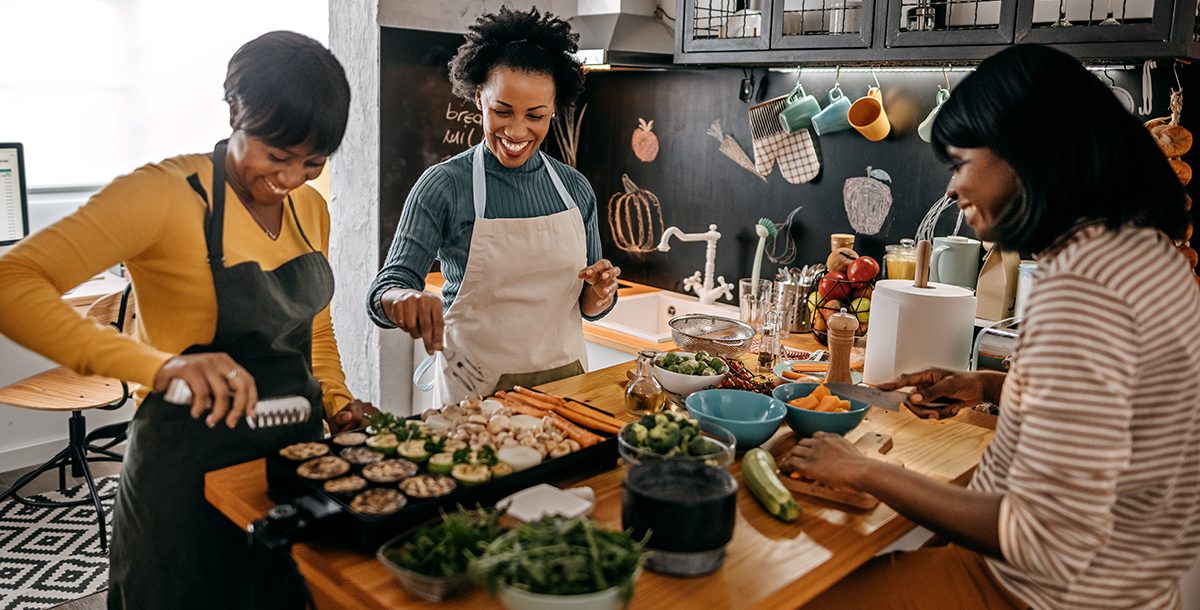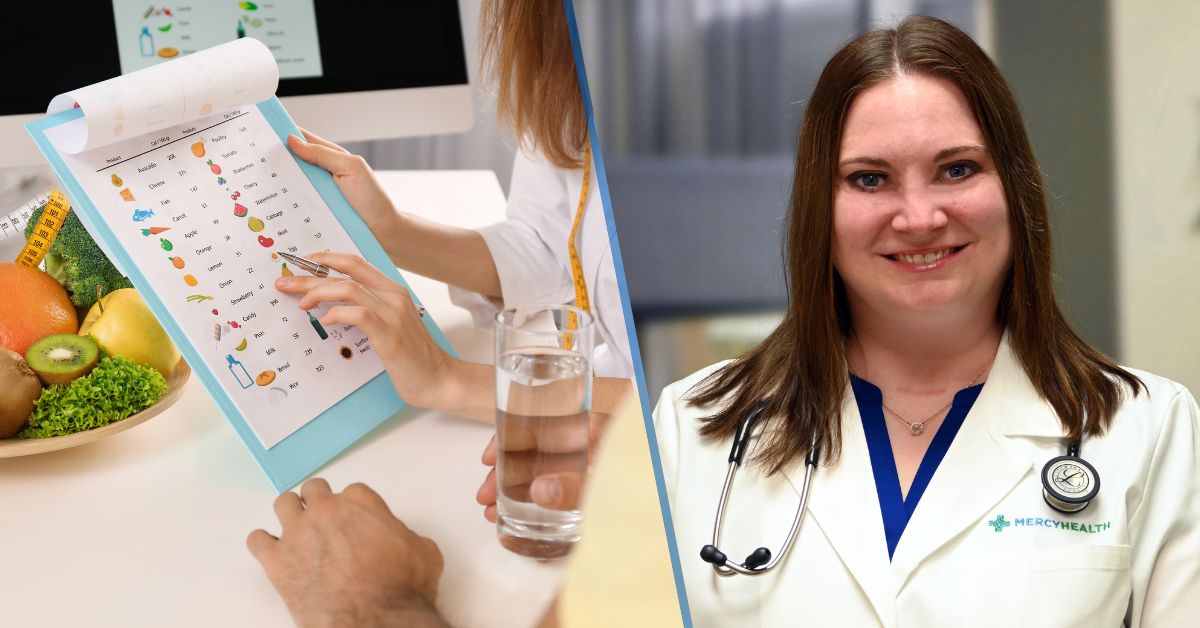Everyone enjoys a good holiday meal, but concerns are growing about food waste.
In fact, nearly 40 percent of all food in the United States goes into the trash. This leaves many home cooks looking for smart fixes.
Enter zero-waste cooking.
This type of cooking involves:
- Finding extra uses for ingredients
- Freezing, canning or pickling unused ingredients to make them last
- Throwing nothing in the trash
- Using all parts of a cooking ingredient
The benefits of zero-waste cooking
Zero-waste cooking offers many perks, starting with your grocery budget. You’ll save money making dishes from whole foods instead of buying processed ingredients. This is because you’re not paying for labor or packaging.
More benefits of zero-waste cooking include:
- A more nutritious diet
- Less garbage in your local landfill
- Fewer greenhouse gasses caused by food waste
- More creativity in the kitchen
Zero-waste cooking recipes for holiday leftovers
There are many ways to create delicious meals from holiday leftovers and reduce waste.
Try these zero-food-waste recipes:
- Use leftovers, like grilled meats or baked potatoes, to create a hearty breakfast scramble.
- Make scrumptious sandwiches with lunch meat and uneaten green salad. Lettuce, onions, tomatoes, cucumbers and peppers all make good sandwich toppings.
- Whip up easy dinner casseroles with leftovers like baked chicken, pot roast, veggies, pasta or rice.
- Make dips for crackers or chips from leftover salmon, navy beans or spinach.
- Use uneaten bread to make stuffing, bread pudding, French toast or croutons.
- Stir up a delicious veggie broth from vegetable scraps like leaves, peels and stalks. Or, create bone broth from chicken, turkey or beef bones.
- Blend leftover fruits into smoothies.
- Make quick bread from over-ripe bananas.
More ways to use food remains
- Grow your own veggies from onion ends, celery butts and the tops of carrots and radishes.
- Make vinegar from leftover wine.
- Add fruit and veggie scraps, used coffee grounds and eggshells to your compost pile.
- Use lemon or orange peels to make potpourri, teas or flavored cooking oils.
- Make crispy chips from potato peels.
- Use the insides of banana peels to dust large-leafed house plants like fiddle leaf figs.
Learn about the clinical nutrition and dietetics services we offer at Mercy Health.






